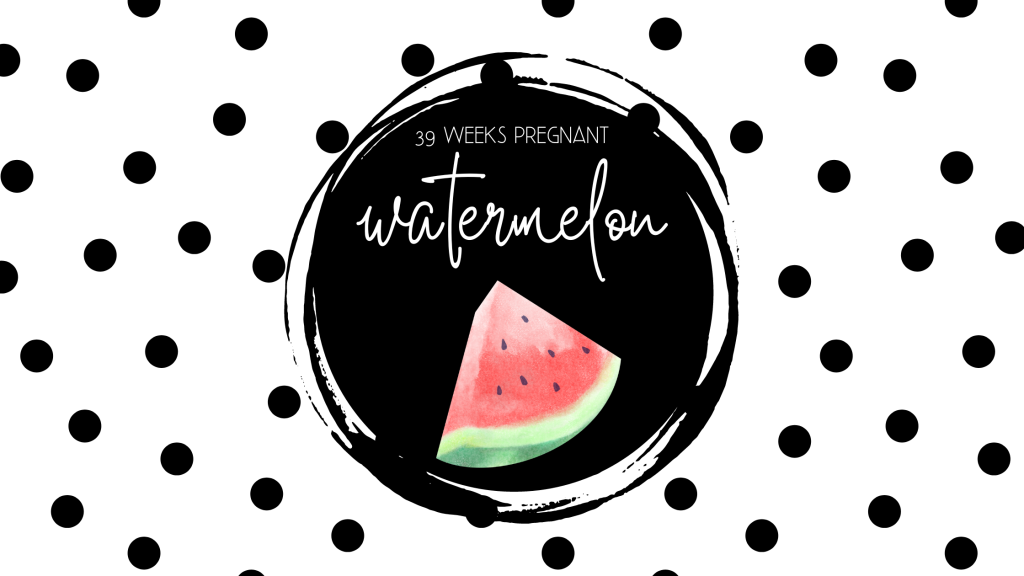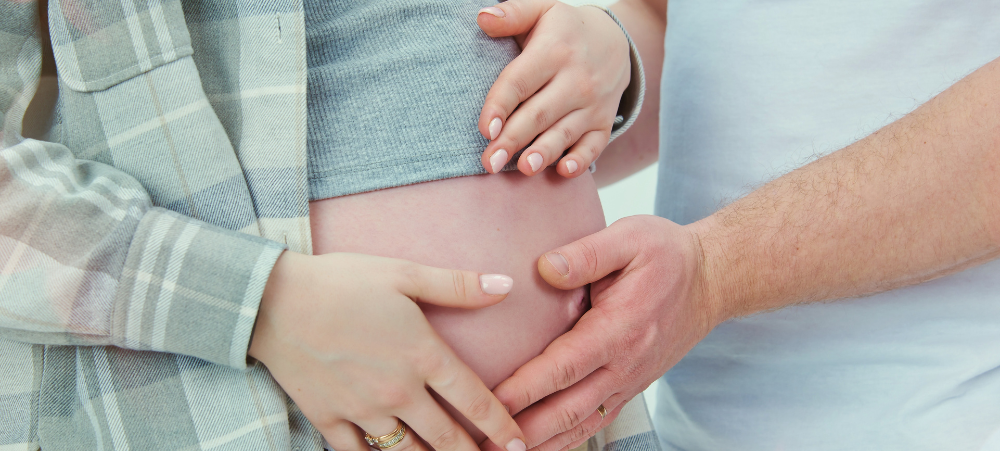
You’re now one week away from week 40 – the final week of your pregnancy. Strange to think back 39 weeks, where you wouldn’t even have known you were pregnant. Lots has changed since then, and a lot will continue to change before and after birth.
Your body at week 39
At this point, you’ll definitely be feeling your pregnancy. Braxton Hicks contractions, leaking colostrum from your nipples and the frequent urge to urinate may all be part of your daily life. You may be having trouble sleeping, struggling with pelvic and back pain, and your vaginal discharge may be tinged with pink or brown as the blood vessels n your cervix rupture.
It is possible to be diagnosed with preeclampsia in your last weeks of pregnancy. This is high blood pressure in pregnancy and is accompanied by protein in your urine and swelling of the hands and feet. Vomiting, nausea and dizziness are also symptoms you may have preeclampsia, and if you suspect you have it you’ll need to contact your doctor right away.
Your baby at week 39
Your baby is now roughly the size of a honeydew melon and is considered full term if they’re born this week. At this point, their lungs are producing surfactant so that when they take their first breath, the air sacs won’t stick together.
Things you should keep in mind at week 39
You may be wondering if you can still keep doing light exercise, or what you can do to keep active during this time. Exercise in late pregnancy is still doable and is a good idea if you’re feeling up to it. Although you may be worried about damaging your growing baby, exercise during this time is beneficial as it can help strengthen your body for delivery and birth. That being said, it’s important to clarify what you plan on doing with your doctor, and focus on short, low-intensity exercises such as certain yoga and water aerobics.





